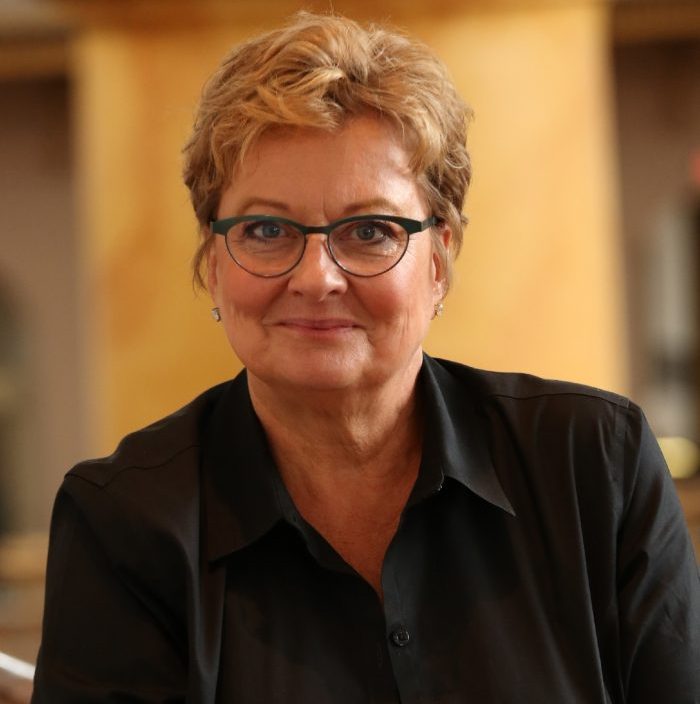As Our Midwest Early Recovery Fund Starts Rolling, Questions Are Rolling In
For the past several months we’ve been talking about our plans for the Center for Disaster Philanthropy’s Midwest Early Recovery Fund. The largest of its kind in our history, the $2 million fund has been established to help vulnerable populations living in communities in the Midwest that have been affected by “low-attention” disasters. These are […]

For the past several months we’ve been talking about our plans for the Center for Disaster Philanthropy’s Midwest Early Recovery Fund. The largest of its kind in our history, the $2 million fund has been established to help vulnerable populations living in communities in the Midwest that have been affected by “low-attention” disasters. These are events such as tornadoes, flooding, earthquakes, landslides and wildfires that, while destructive, don’t receive the same media attention or subsequent financial assistance.
We recently had a chance to discuss our plans for the Fund in a webinar. Among the topics we covered was how we plan to make it a priority to identify community based non-profit organizations already invested in local recovery work and provide support to help them further develop their capacity.
After the webinar, I received a question that asked for more detail about our plans to partner with local organizations. Specifically I was asked: “How do you plan, if at all, to engage state and national partners in the Early Recovery Fund?”
Here’s how that will work:
Our process is to make a site visit to a qualified low attention disaster to better understand who in the community is responding and which (if any) state and national partners are participating in early recovery.
The next step is to work with the community to identify gaps in services that could either be met locally or by state, regional and/or national partners. We would then work with those agencies to develop a work plan and budget to fill the identified gaps.
A good example would be if a community has identified an unmet need for an agency to lead disaster case management (DCM). I would work with local leadership and the state Voluntary Organizations Active in Disaster (VOAD) to help identify resources in the area that might be able to support DCM for that community. I would help develop a plan and budget for that work and, if needed, support a local, state or national 501(c)3 to fill that gap.
Some examples of how the fund might support DCM would be to provide funding for disaster case managers and/or supervisors, training for DCM, office space and office supplies and data base development.
Another example would be a community that has identified a national partner willing to provide skilled volunteers to rebuild/ repair uninsured homes. If they do not have anyone in the community able to coordinate that work at a local level, I would work with local leadership and the national organization to fill that gap by providing funds to hire a reconstruction coordinator. If needed, we also would help bring in a national partner to do local training.
Over time, I’m sure there will be other questions. So please don’t hesitate to send them to me. We’ll make a point of sharing ones of wide interest on our blog. Also, to stay current on activities, please visit the Midwest Early Recover Fund section on our website here.
More like this

CDP Begins Work With Midwest Early Recovery Fund
